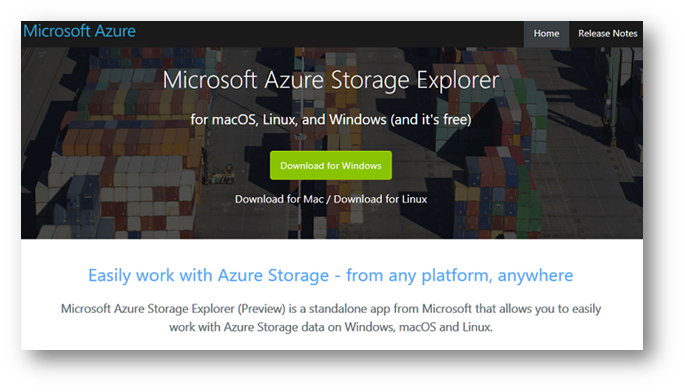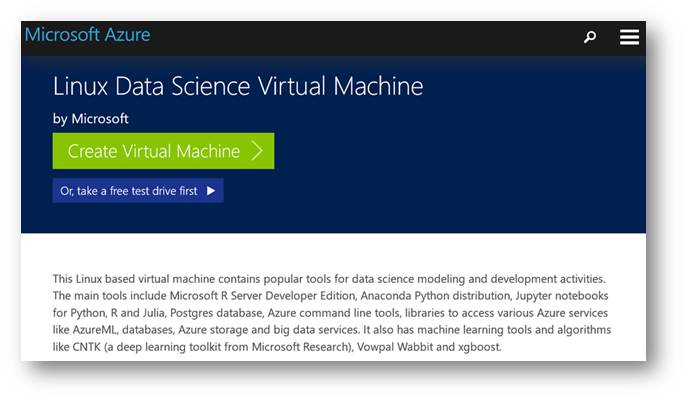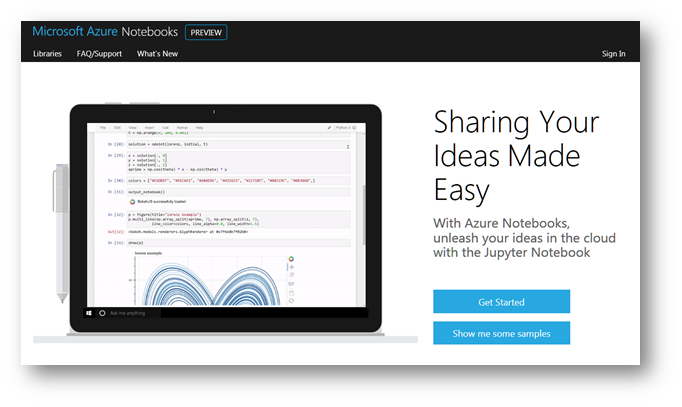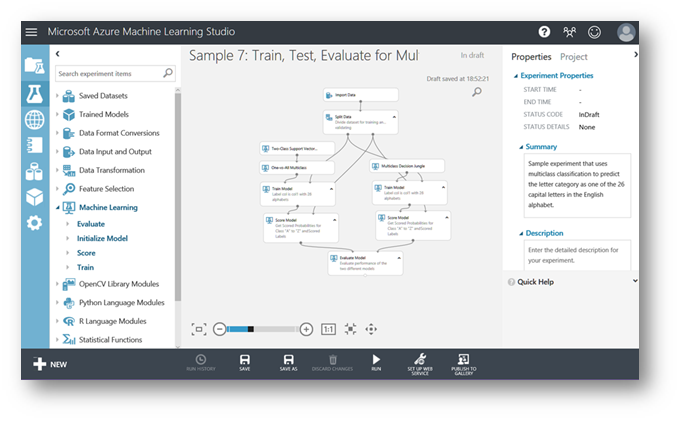Cloud computing guide for researchers – get started in one hour
Microsoft Azure can help with almost any research computing task, due to its huge range of capabilities. It can, however, be hard to know where to start… This short guide will show you the ropes in about an hour, after which you'll be all set to explore further. Once you have an account then we recommend you first learn a little bit about the Azure portal and cloud storage, as this will help to familiarise you with how Azure works. This should set you up to explore some of its more advanced features, taking advantage of online tutorials and large amounts of available documentation.
- Watch this short video about the Azure portal, which is the easiest user interface. There is also a command-line interface for Linux, Mac and Windows, as well as language APIs for Python, Java, and other languages.
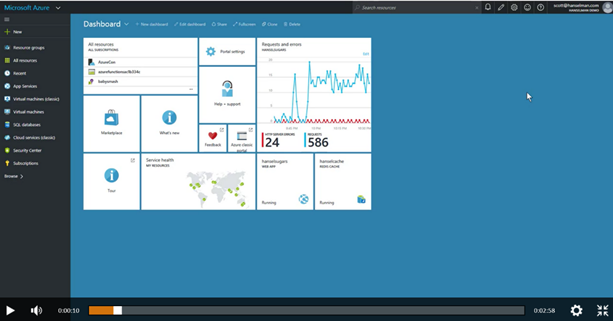
- Follow this Azure storage hands-on tutorial that will take around 30 mins. This is important so you understand how to easily work with files and storage, which is one of the most useful features of the cloud.
- Launch your first Azure virtual machine (VM) - a remote workstation in the cloud. There are a number of pre-built images (VMs with software pre-installed). A good one to start with is the Linux Data Science VM also the Windows version here. You can create a basic VM (e.g. Ubuntu Linux) and install whatever software you like by following these instructions. We suggest that you start with a small VM (A1) to get started while you are getting to grips with the basics. You can easily rebuild/reboot a bigger VM (many cores and large memory) once you are familiar with the environment.
- Try the Jupyter Notebooks-as-a-Service on Azure. They are free, executable and shareable over the web. Organize your notebooks and datasets in one centralized location. Libraries are saved automatically and can be viewed from any device, anywhere. These are a great way to do research in a reproducible way. You can start from scratch or upload your existing notebooks to Azure at https://notebooks.azure.com.
- Explore Azure Machine Learning that is a complete end-to-end, easy to use, web-based system to experiment with your own machine learning algorithms. It makes it easy to test and deploy machine learning models, including with your own Python and R code using standard libraries like Sci-Kit Learn. There are many walkthroughs and tutorials to get you started. See https://studio.azureml.net/
There are more general Azure getting started videos at https://azure.microsoft.com/en-us/get-started/ and a full set of Azure for Research self-pace walkthroughs at https://aka.ms/a4rgithub
We are publishing more in this blog series on more advanced topics for researchers to take advantage of Azure. So stay posted in our cloud computing guide for researchers.
Need access to Microsoft Azure?
There are several ways you can get access to Microsoft Azure for your research. Your university may already make Azure available to you, so first port of call is to speak to your research computing department. There are also other ways for you to start experimenting with the cloud:
- Several free services for you to explore:
- Sign-up to a one month free trial here
- Apply for an Azure for Research award. Microsoft Azure for Research awards offer large allocations of cloud computing for your research project, and already supports hundreds of researchers worldwide across all domains.
